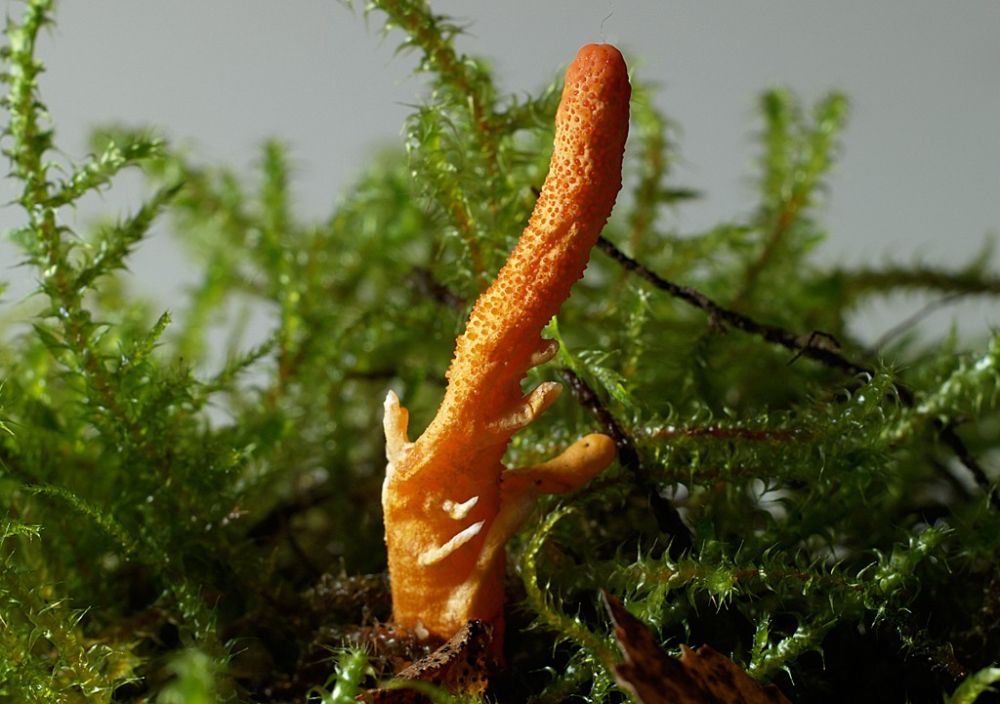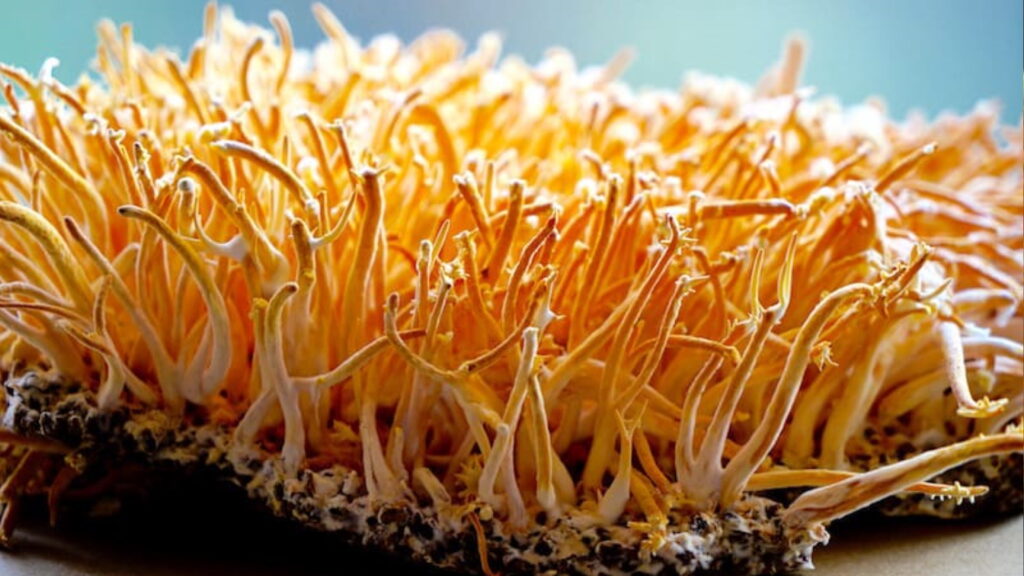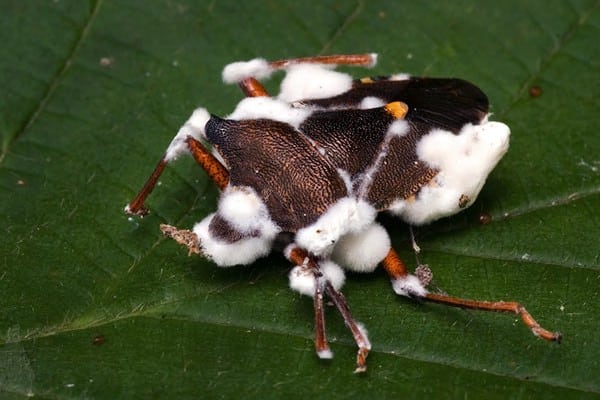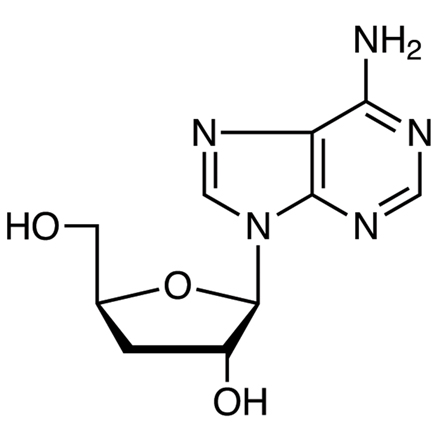
Briefly
1. Overview of Cordyceps Fungi
Cordyceps is a genus of parasitic fungi known for its entomopathogenic nature, primarily infecting insects and other arthropods. These fungi are characterized by their unique method of reproduction, where they invade the host organism, take control of their behavior, and eventually kill them. Upon the death of the host, Cordyceps fungi grow out of the host’s body, forming elongated stalks with spore-bearing capsules.
2. Traditional Use and Modern Interest
The historical use of Cordyceps in traditional medicine has contributed to its modern interest as a dietary supplement. Marketed for potential health benefits, including immune system support and adaptogenic effects, Cordyceps has gained popularity. It’s crucial to note that while traditional medicine recognizes its use, further research is required to comprehensively understand its effects and benefits.
3. Taxonomy and Diversity
Cordyceps belongs to the family Ophiocordycipitaceae. While it is a well-known genus, there are various species within it, and each may have specific host preferences. The taxonomy of these fungi is continually evolving as new species are discovered and classified. Notably, Cordyceps species have ecological significance in regulating insect populations.
4. Environmental Conditions for Prosperity
Cordyceps fungi thrive under specific environmental conditions. They are parasitic, with a life cycle involving a close association with insects or other arthropods. Key conditions for their prosperity include:
- Host Insects or Arthropods: Cordyceps are parasitic fungi that infect insects or other arthropods, consuming them from the inside and eventually growing a stalk-like fruiting body.
- Moist and Cool Environments: Many Cordyceps species prefer moist and cool environments, often found in forested areas with high humidity.
- Specific Host-Parasite Interactions: Different species of Cordyceps have specific host preferences, and their success depends on the availability of suitable hosts.
- Altitude and Elevation: Some species thrive at higher altitudes, such as Cordyceps sinensis, found in the alpine regions of the Himalayas and the Tibetan Plateau.
- Soil Conditions: Cordyceps fungi interact with the soil, and the composition of the soil can influence their growth.
5. Complexity of Life Cycle
Cordyceps fungi have a complex life cycle involving parasitism and specific interactions with hosts. Researchers are exploring laboratory cultivation for various applications, including medicinal use and supplements.
6. Entomopathogenic Nature
Globally, Cordyceps fungi play a crucial role in regulating insect populations. Some species exhibit the intriguing ability to manipulate the behavior of their insect hosts, further adding to their ecological significance. The family to which Cordyceps belongs includes anamorphs, such as Beauveria, Metarhizium, and Isaria, used in biological pest control for insects.
Presentation
Cordyceps is a genus of parasitic fungi that primarily infect insects and other arthropods. The fungi are known for their unique way of reproducing, as they invade the host organisms, take control of their behavior, and eventually kill them. Once the host dies, the fungi grow out of the host’s body, forming elongated stalks with spore-bearing capsules.
Cordyceps have been used in traditional medicine in some cultures for their potential health benefits. In recent years, there has been interest in Cordyceps as a dietary supplement, and it is often marketed for various purported health-promoting properties, including potential immune system support and adaptogenic effects. It’s important to note that while Cordyceps have a long history of use in traditional medicine, more research is needed to fully understand their effects and potential benefits.

Cordyceps is a genus of fungi that belongs to the family Ophiocordycipitaceae. The fungi in this family are characterized by their parasitic lifestyle, particularly on insects and other arthropods. The life cycle of Cordyceps involves infecting and ultimately killing the host organism, after which the fungal fruiting body emerges from the host’s remains to release spores.
While Cordyceps is a well-known genus, there are various species within it, and each may have specific host preferences. The taxonomy of fungi is continually evolving as researchers discover and classify new species. Cordyceps species are notable for their ecological role in regulating insect populations and for their potential medicinal properties, which have been explored in traditional medicine and more recent scientific studies.
The environment
Cordyceps fungi typically thrive in specific environmental conditions, and their life cycle involves a close association with insects or other arthropods. Here are key conditions for the prospering of Cordyceps:
Host Insects or Arthropods: Cordyceps are parasitic fungi that infect insects or other arthropods. The fungus enters the host, consumes it from the inside, and eventually grows a stalk-like fruiting body from the host's remains.
Moist and Cool Environments: Many Cordyceps species prefer moist and cool environments. These fungi are often found in forested areas with high humidity, as these conditions are conducive to their growth and development.
Specific Host-Parasite Interactions: Different Cordyceps species have specific host preferences. The fungus may have evolved to parasitize particular insects, and the success of the fungus depends on the availability of suitable hosts.
Altitude and Elevation: Some Cordyceps species are known to thrive at higher altitudes. Cordyceps sinensis, for example, is found in the alpine regions of the Himalayas and the Tibetan Plateau.
Soil Conditions: Cordyceps fungi often interact with the soil, and the composition of the soil can influence their growth. The presence of certain nutrients and organic matter in the soil may contribute to their prosperity.A parasite
It’s important to note that Cordyceps fungi have a complex life cycle, and their interactions with hosts are specific to each species. Additionally, researchers are exploring the cultivation of Cordyceps in laboratory conditions for various applications, including medicinal use and supplements.
Cordyceps fungi, primarily parasites of insects and other arthropods, are known for their entomopathogenic nature. Some species within this genus are parasitic even on other fungi. When a Cordyceps fungus infects an insect, its mycelium invades and eventually replaces the host’s tissues. The elongated fruiting body (stroma) takes various forms such as cylindrical, branched, or complex structures. The stroma contains numerous small, bottle-shaped perithecia that house asci. These asci produce filiform ascospores, often releasing infectious fragments.
Certain Cordyceps species exhibit the intriguing ability to manipulate the behavior of their insect hosts. For instance, Cordyceps unilateralis alters the usual behavior of infected ants, compelling them to climb to the highest point of a plant before succumbing to the fungus, which then releases spores from the insect cadaver.
With a global distribution, Cordyceps comprises around 400 species, most prevalent in Asia, particularly in China, Japan, Korea, and Thailand. These fungi thrive in humid temperate and tropical forests. The family to which Cordyceps belongs includes many anamorphs (asexual forms), with notable examples being Beauveria (possibly Beauveria bassiana), Metarhizium, and Isaria, which have found applications in biological pest control for insects.
Beauveria Bassiana

Beauveria bassiana: Overview
Beauveria bassiana is a species of fungus belonging to the entomopathogenic fungi group. This fungus is particularly notable for its insect-killing properties and is commonly used in biological pest control. Here are key aspects of Beauveria bassiana:
1. Entomopathogenic Nature:
- Beauveria bassiana is an entomopathogenic fungus, meaning it acts as a parasite to insects.
- It infects a wide range of insect hosts, including beetles, ants, moths, and other pests.
2. Mode of Action:
- The fungus infects the insect host through contact, penetrating the cuticle (outer covering) and subsequently colonizing the insect’s body.
- It proliferates within the insect, leading to the host’s death.
- Beauveria bassiana then produces spores that can be released into the environment to infect other insects.
3. Biological Pest Control:
- Due to its insecticidal properties, Beauveria bassiana is used as a biological control agent to manage pest populations in agriculture and forestry.
- It provides an eco-friendly alternative to chemical pesticides, reducing the environmental impact.
4. Application in Agriculture:
- Agricultural formulations containing Beauveria bassiana are applied to crops to control pests like aphids, whiteflies, and beetles.
- The fungus acts as a sustainable and targeted solution, particularly in integrated pest management strategies.
5. Environmental Considerations:
- Beauveria bassiana is considered safe for the environment and non-target organisms, making it a preferred choice in sustainable pest control.
6. Commercial Formulations:
- Various commercial formulations of Beauveria bassiana are available, including sprays and dusts, for application in different settings.
7. Research and Development:
- Ongoing research explores ways to enhance the efficacy, stability, and application methods of Beauveria bassiana for improved pest control.
8. Compatibility with Integrated Pest Management (IPM):
- Beauveria bassiana aligns with the principles of Integrated Pest Management, which emphasizes combining various strategies for effective and sustainable pest control.
9. Importance in Organic Farming:
- Given its natural origin and low impact on non-target organisms, Beauveria bassiana is widely accepted in organic farming practices.
10. Challenges:
- Challenges include optimizing formulations, ensuring persistence in the field, and addressing specific host preferences of the fungus.
In summary, Beauveria bassiana stands as a prominent example of the potential of entomopathogenic fungi in environmentally friendly pest control, offering a bio-based alternative to conventional chemical pesticides.
Cordyceps: Biochemical and Pharmacological Significance

Some species of Cordyceps are valuable sources of biochemical substances with intriguing biological and pharmacological properties, such as cordycepin. The anamorph of Cordyceps subsessilis (Tolypocladium inflatum) is the origin of cyclosporine—a medication used in human organ transplantation as an immunosuppressant.
In China, it is known as “zong chao,” historically reserved for emperors and the ruling elite, seeking vitality and longevity. Chinese philosophy suggests that Cordyceps promotes balance between the body and soul, making it a recommendation in traditional medicine to restore harmony to human organs. In 1951, Dr. Ge Ning Han successfully derived an antibiotic, cordycepin, from Cordyceps, proving effective in tuberculosis treatment.
Japanese studies initiated in 1986 discovered a factor, FTX-20, attributed to properties that prevent the rejection of transplanted organs and skin grafts. Presently, companies cultivate natural strains of Cordyceps in sufficient quantities to meet demand. The Cordyceps mycelium contains adenosine as its main active component, along with natural vitamins B1, B2, and E. It also possesses trace elements such as zinc, manganese, selenium, chromium, phosphorus, potassium, and amino acids.
Cordyceps has earned recognition not only for its historical significance in traditional medicine but also for its potential in modern pharmacology, showcasing a blend of cultural heritage and scientific exploration.
Cordyceps subsessilis is classified into these groups
- Domain- Eukarya
- Kingdom-Fungi
- Phylum-Ascomycota
- Class- Sordariomycetes
- Order-Hypocreales
- Family-Clavicipitaceae (Ophiocordycipitaceae)
- Genus-Cordyceps (Elaphocordyceps)
- Species- C. subsessilis (E. subsessilis)